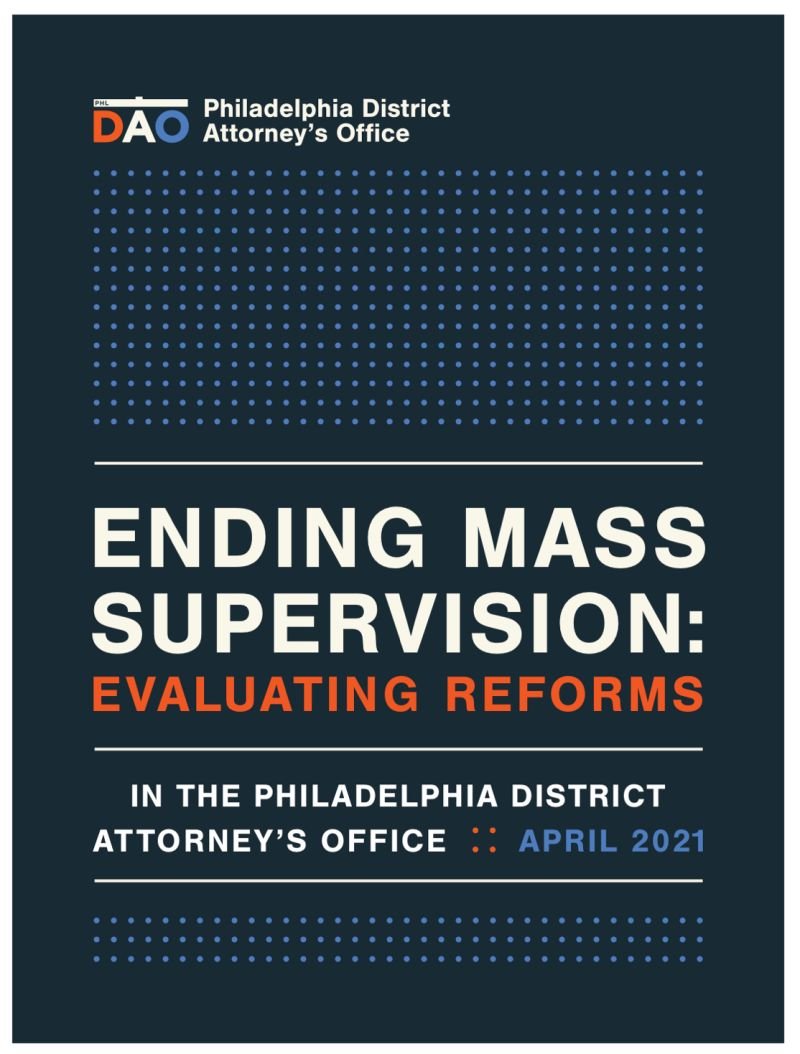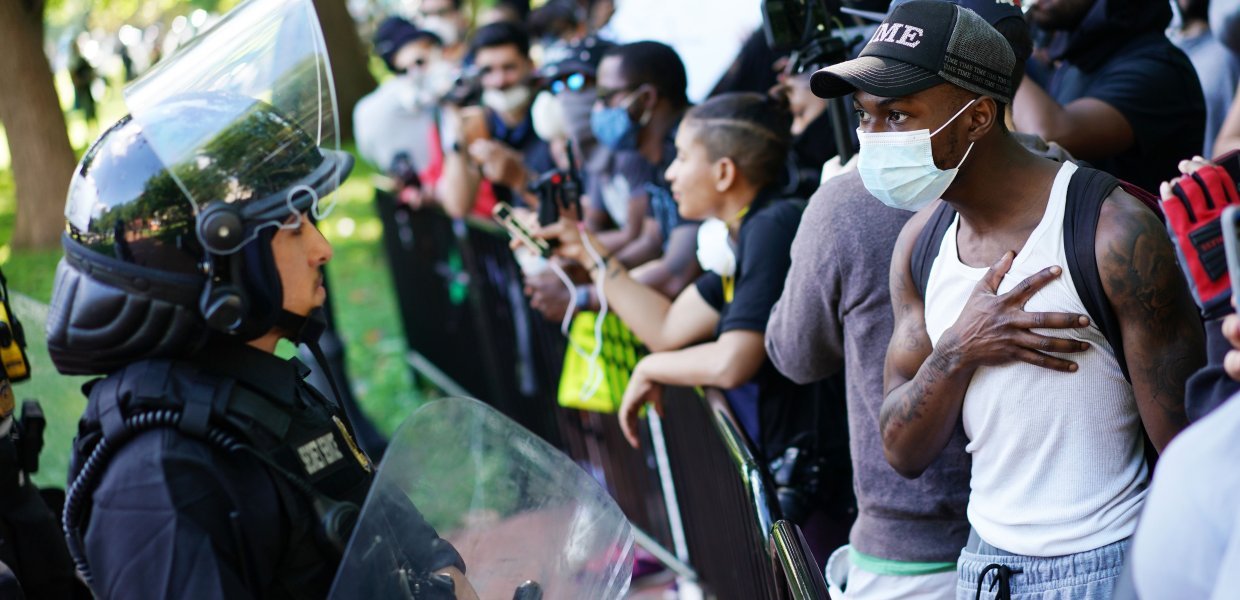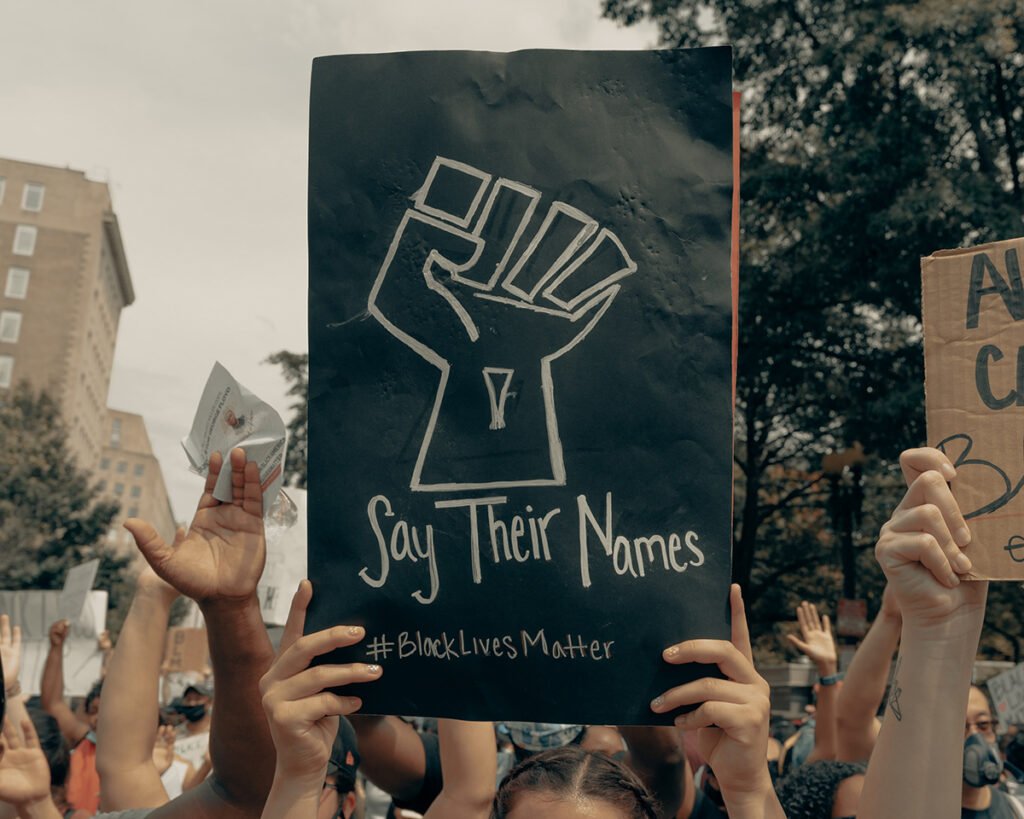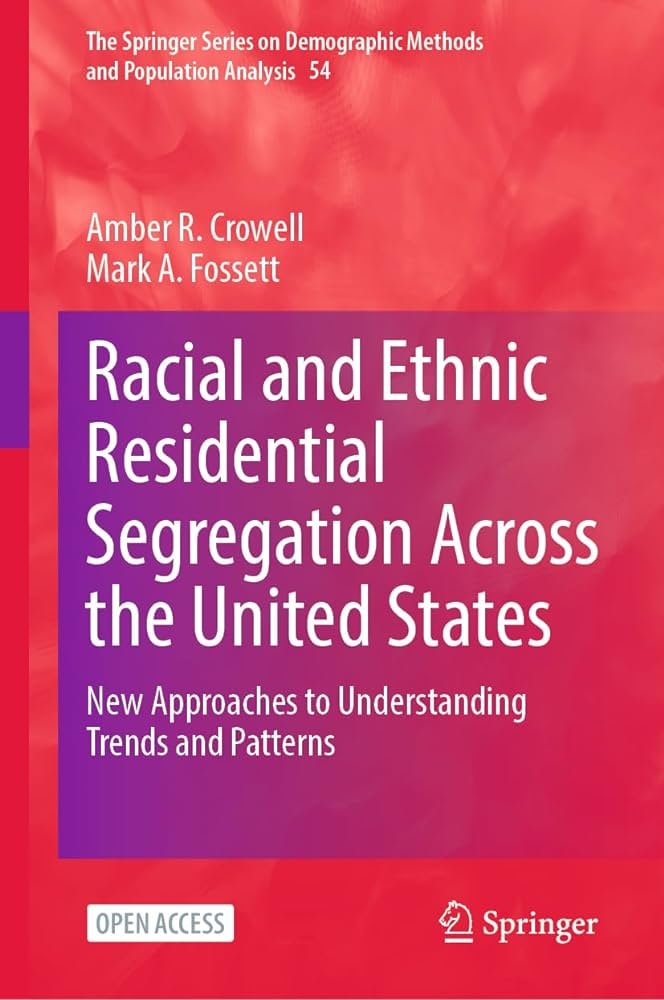By Erik J. Girvan and Heather Marek
Hispanic individuals are a growing proportion of the general and carceral populations in the United States. This study examined the relationship between the type of sentences (prison, jail/probation) given to White, non-Hispanic individuals and to similarly situated individuals who were perceived to be Hispanic (any race) or perceived to be White but, based on validated estimates, self-identified as Hispanic. Hypotheses: Psychological theory indicates that, for group-based stereotypes and attitudes to impact decisions, decisionmakers must first identify and categorize target individuals as members of the relevant group. Following this theory, we predicted that individuals perceived by members of the criminal justice system to be Hispanic will be more likely to be sentenced to prison than similarly situated individuals perceived to be White. However, sentences of individuals predicted to have been misperceived as White but to self-identify as Hispanic will not differ from those of individuals accurately perceived as White. Method: We analyzed official state records of more than 220,000 unique sentencing decisions for nearly 200,000 individuals under state correctional supervision between 2005 and 2018, including demographic characteristics, statutory crime-seriousness and criminal-history scores from state sentencing guidelines, and sentencing outcomes. Results: Even after controlling for crime severity and criminal history, we found that individuals who were labeled as Hispanic in criminal justice records were nearly twice as likely to be sentenced to prison as those who were labeled as White (odds ratio [OR] = 1.95, 95% confidence interval [CI] [1.86, 2.04]). By comparison, individuals who were labeled in criminal justice records as White but, on the basis of validated estimates, were predicted to self-identify as Hispanic had the same likelihood of being sentenced to prison as individuals who were accurately perceived to be White (OR = 1.01, 95% CI [0.94, 1.07]). Conclusions: Results suggest that ethnic stereotypes or attitudes regarding Hispanic individuals may negatively impact criminal sentencing decisions regarding people perceived as Hispanic by actors in the legal system.
Law and Human Behavior, 2023 Volume 47, Issue 1 (Feb)





















